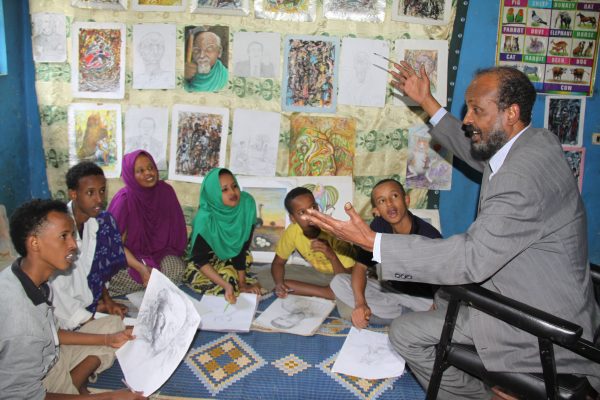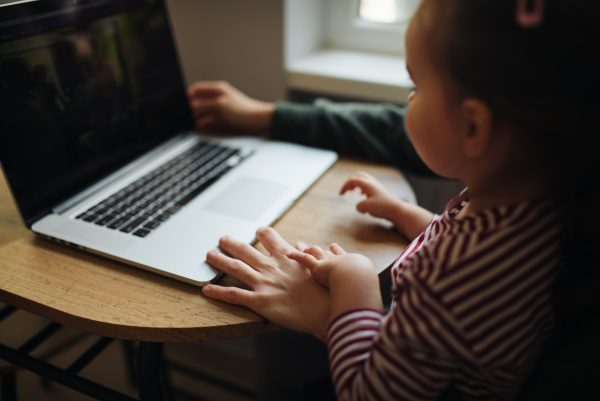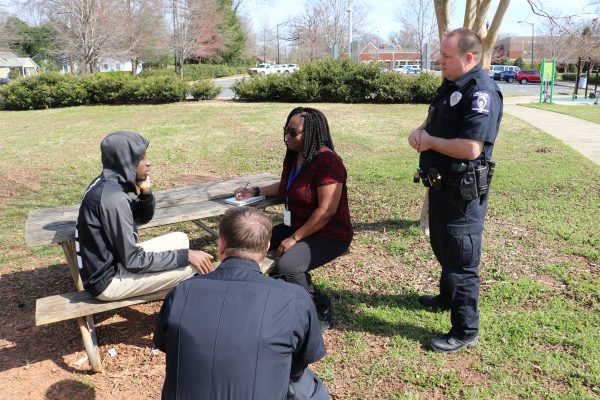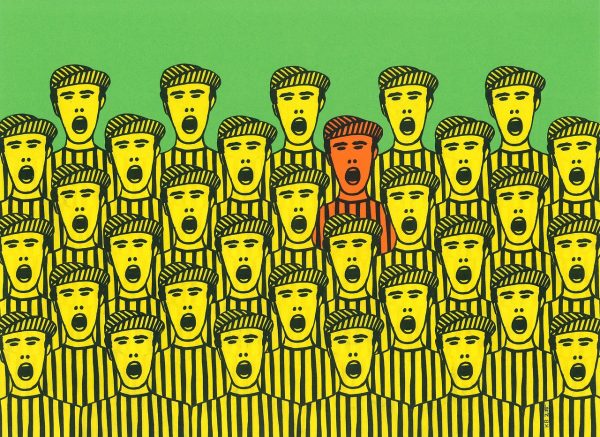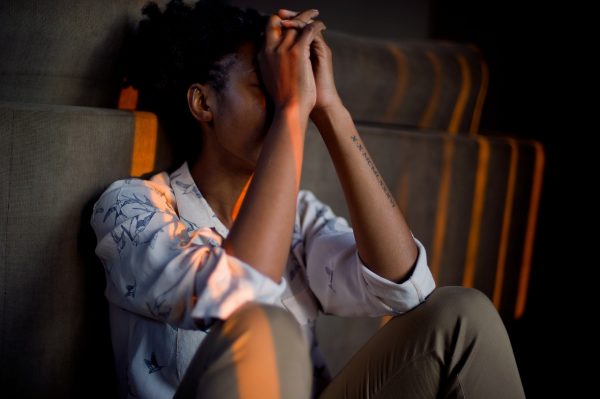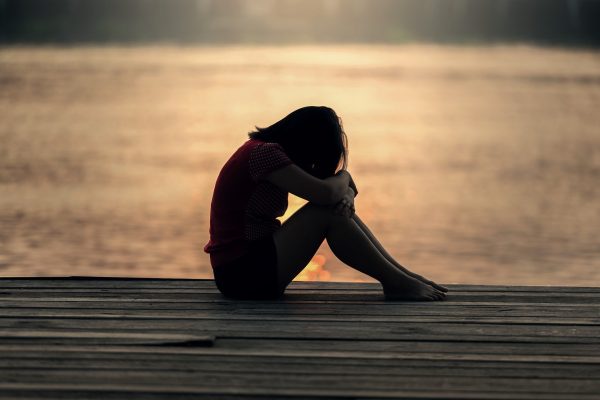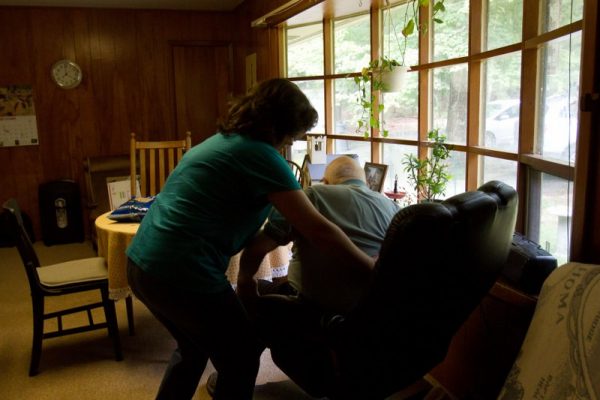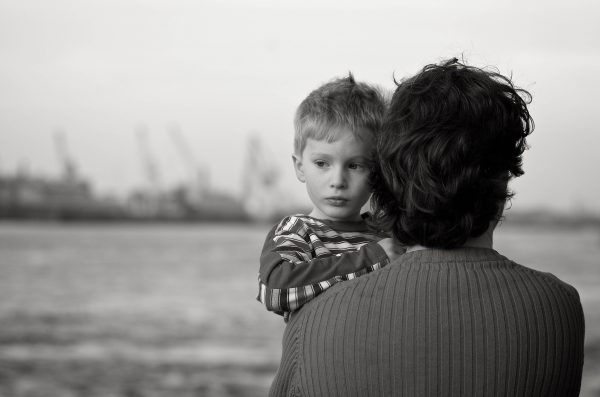
The impact of COVID-19 on parents and children has forced us to reconsider how the U.S. approaches traditional welfare supports. A major change that parents saw in July 2021 under the American Rescue Plan Act (ARPA) was the increase in value of their child tax credit (CTC) and a monthly payout of half that child CTC – with $300 paid for each child under 6 years and $250 paid for each child 6-17 years each month. Furthermore, the threshold for receiving the CTC was considerably raised – temporarily lifting millions of children above the poverty line. ‘Incrementally revolutionary’ for social welfare in the U.S., the extension and expansion of the CTC hads the potential to strengthen the social safety net and have a broad social impact. Now that expansions to the CTC have rolled back, what do we know about CTC and how a more permanent expansion could support families?
Passed into law with bipartisan support in 1997, the CTC originally served as a tax break to middle class taxpayers. In 2001 and then 2008 the CTC was then made refundable and more accessible to lower income families. Since the passage of the ARPA in 2021, the CTC is now more accessible and relatively generous than many other forms of welfare.
- Ethan J. Evans. Evans, E. J. (2021). Boosting Health through the Tax Code: 2021 Tax Credit Reforms. Health & Social Work, 46(4), 247-249.
In measuring the social impact of the CTC, researchers have published ample evidence of this worthwhile investment. A nation-wide study found that when parents received the CTC their children were less likely to be physically injured and had less behavioral problems. Because children living in poverty are up to nine times more likely to fall victim to maltreatment and suffer from poor overall health, the CTC provides additional economic stability to lower-income parents.
- Whitney L. Rostad, Joanne Klevens, Katie A. Ports, and Derek C. Ford. 2020. Impact of the United States federal child tax credit on childhood injuries and behavior problems. Children and youth services review 109: 104718.
- A. J. Sedlak, J. Mettenburg, J., M. Basena, I. Petta, I., K. McPherson, K., A. Green, A., & Li, Spencer Li.. 2(2010). Fourth national incidence study of child abuse and neglect (NIS–4): Report to congress. Washington, DC: U.S. Department of Health and Human Services, Administration for Children and Families.
- Aislinn Conrad-Hiebner and Elizabeth Byram (2020). The temporal impact of economic insecurity on child maltreatment: A systematic review. Trauma, Violence, & Abuse 21(1): 157–178.
- David Walsh, Gerry McCartney, Michael Smith, and Gillian Armour. 2019. Relationship between childhood socioeconomic position and adverse childhood experiences (ACEs): A systematic review. Journal of Epidemiology and Community Health 73(12):1087–1093.
- Rosana E. Norman, Munkhtsetseg Byambaa, Rumna De, Alexander Butchart, James Scott, and Theo Vos. 2019. The long-term health consequences of child physical abuse, emotional abuse, and neglect: A systematic review and meta-analysis. PLoS Medicine (9): e1001349.
International programs similar to the CTC have found that increased payments were associated with lower levels of ADHD, physical aggression, maternal depression, and better emotional/anxiety scores among children. Experts in the U.S. have predicted that an increased investment in the CTC would have similar individual and social health impacts, remove millions of impoverished children out of poverty, and save billions of dollars in future.
- Kevin Milligan and M. Stabile 2011. Do child tax benefits affect the well-being of children? Evidence from Canadian child benefit expansions. American Economic Journal: Economic Policy 3(3):175-205.
- Steven Pressman. 2011. Policies to reduce child poverty: Child allowances versus tax exemptions for children. Journal of Economic Issues 45(2): 323-332.
Today, with COVID-19 spurring conversations and the realization that U.S. welfare is in need of an update, policy makers have a “charcuterie board” of welfare reform choices. Of the more savory variety there are work-oriented programs which would moderately decrease poverty and decrease unemployment. Then there are some sweeter options that would dramatically reduce poverty, but increase unemployment. Arraying these options, a nationwide, interdisciplinary committee of experts have made four recommendations based on changes in unemployment and child poverty. Regardless of different policy member’s palate preferences, increasing the CTC would both decrease poverty among families by over 9% and decrease unemployment by over half a million jobs – a sweet and savory option.
- Greg J. Duncan. 2021. A roadmap to reducing child poverty. Academic Pediatrics 21(8): S97-S101.
On December 15th, 2021, the monthly CTC payments directed to parents expired. In other words, parents in dire straits are no longer receiving necessary financial support. Congressional debate on the Build Back Better bill (BBB), which could extend the CTC, provide universal pre-K education, national paid leave for caregiving or illness, and other social investments, has languished. However, for a brief period, we saw evidence of the power of expansion of welfare provisions like the CTC.

